This week, the mentors for the Nationwide Eclipse Ballooning Project for Nebraska [Karen Stelling, Derrick Nero, and Michael and Kendra Sibbernsen] attended a Pod meeting at the University of Minnesota in Minneapolis.
Day 1
We spent the first day doing introductions, listening to remote talks about the overall system from the national leaders from Montana State University, and watching demonstrations of the vent system, the cutdown mechanism, and the video streaming. We had a discussion of what would happen the following day where we would observe the Minnesota team launch three high altitude balloons, one of which included the NASA video streaming stack of payloads, and observed the team prepare for their flights.
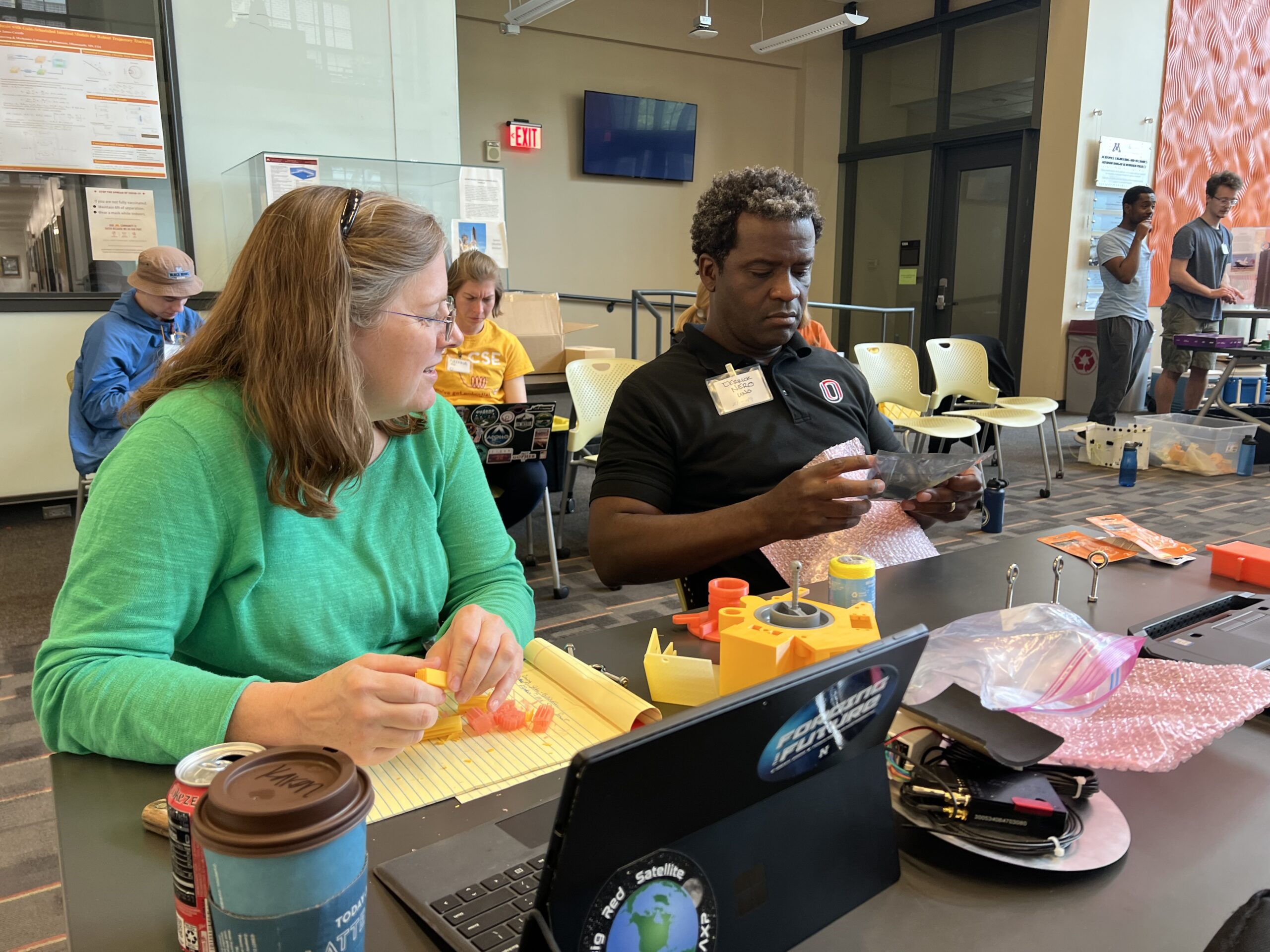
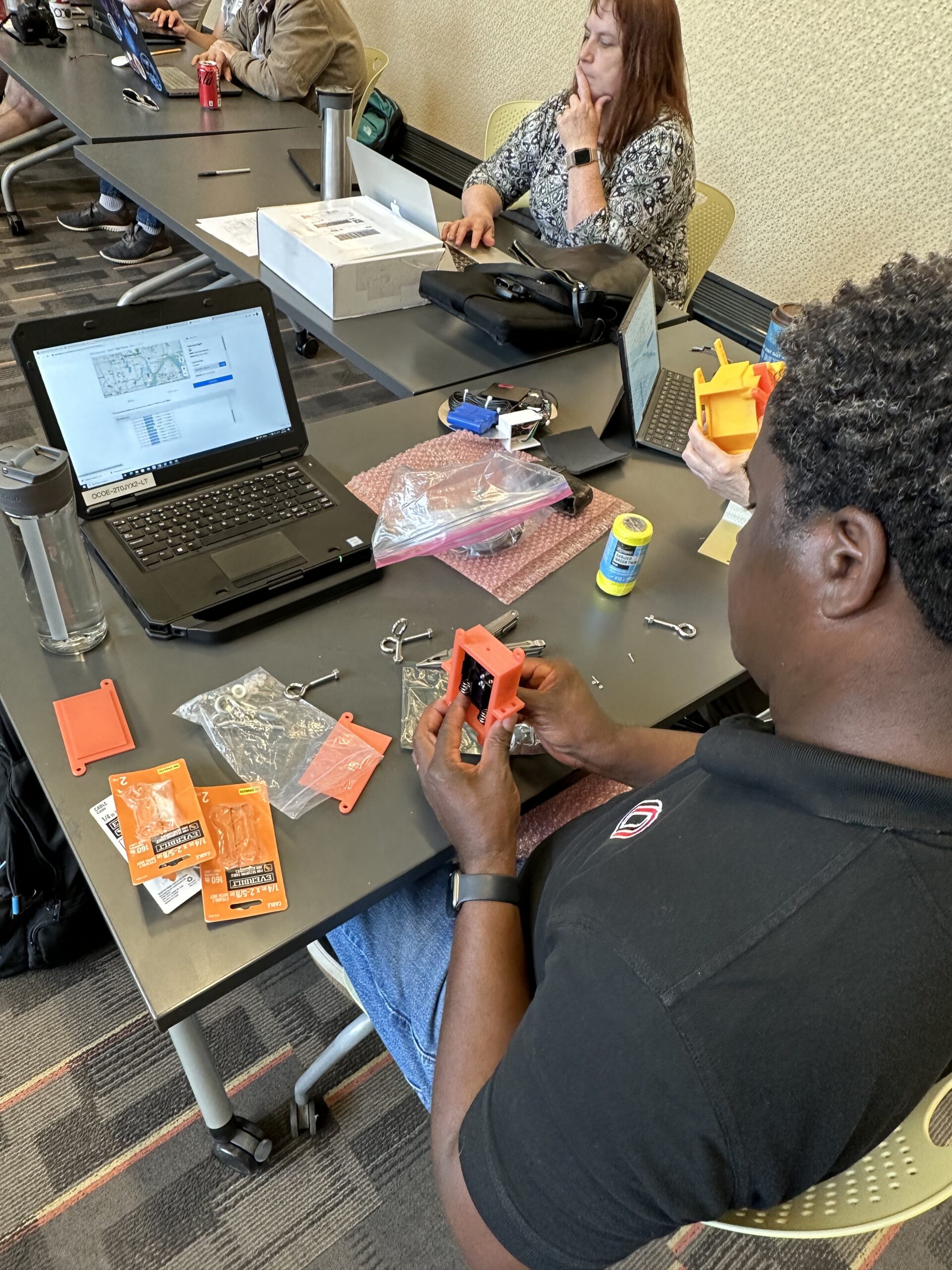
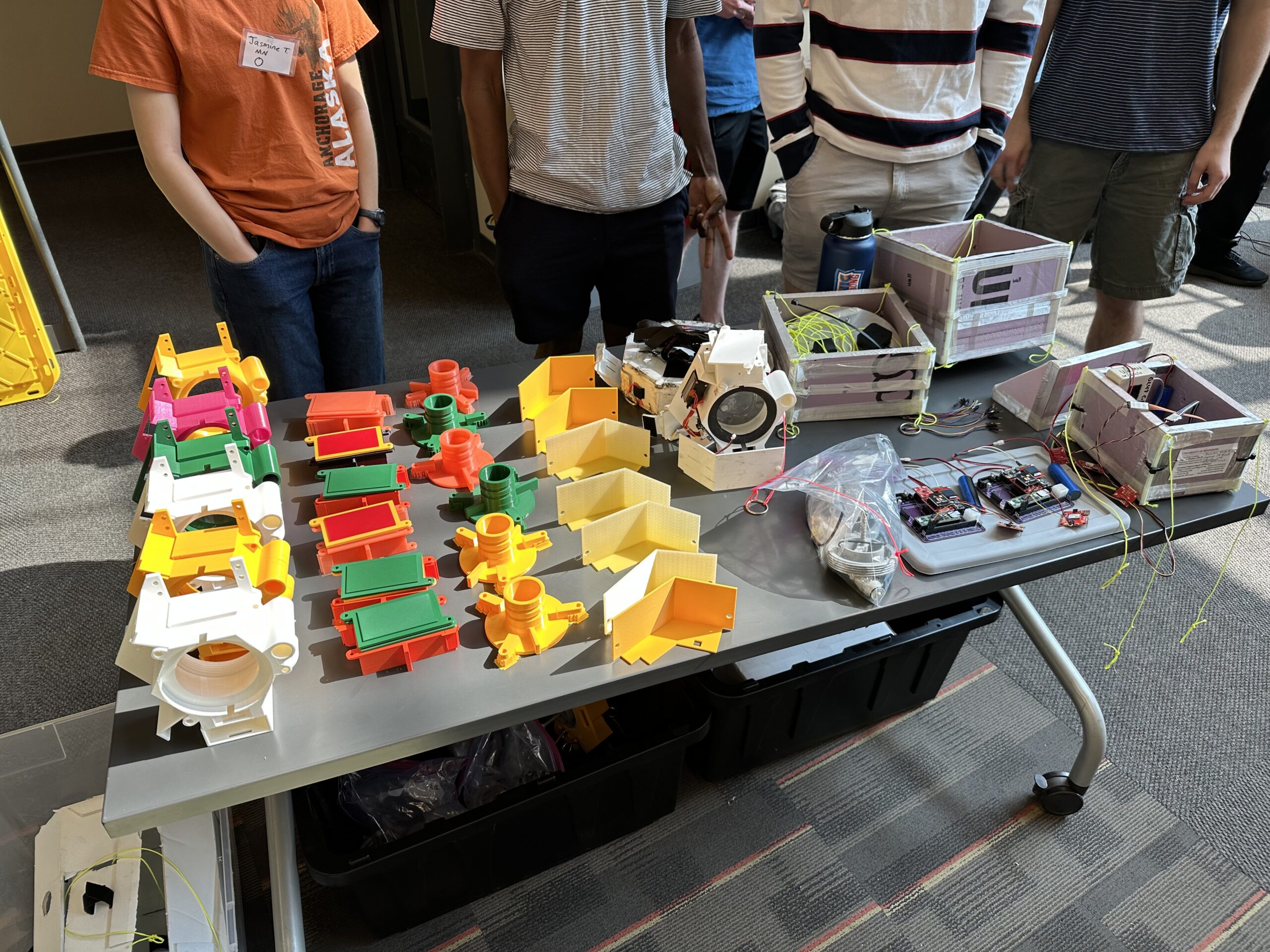
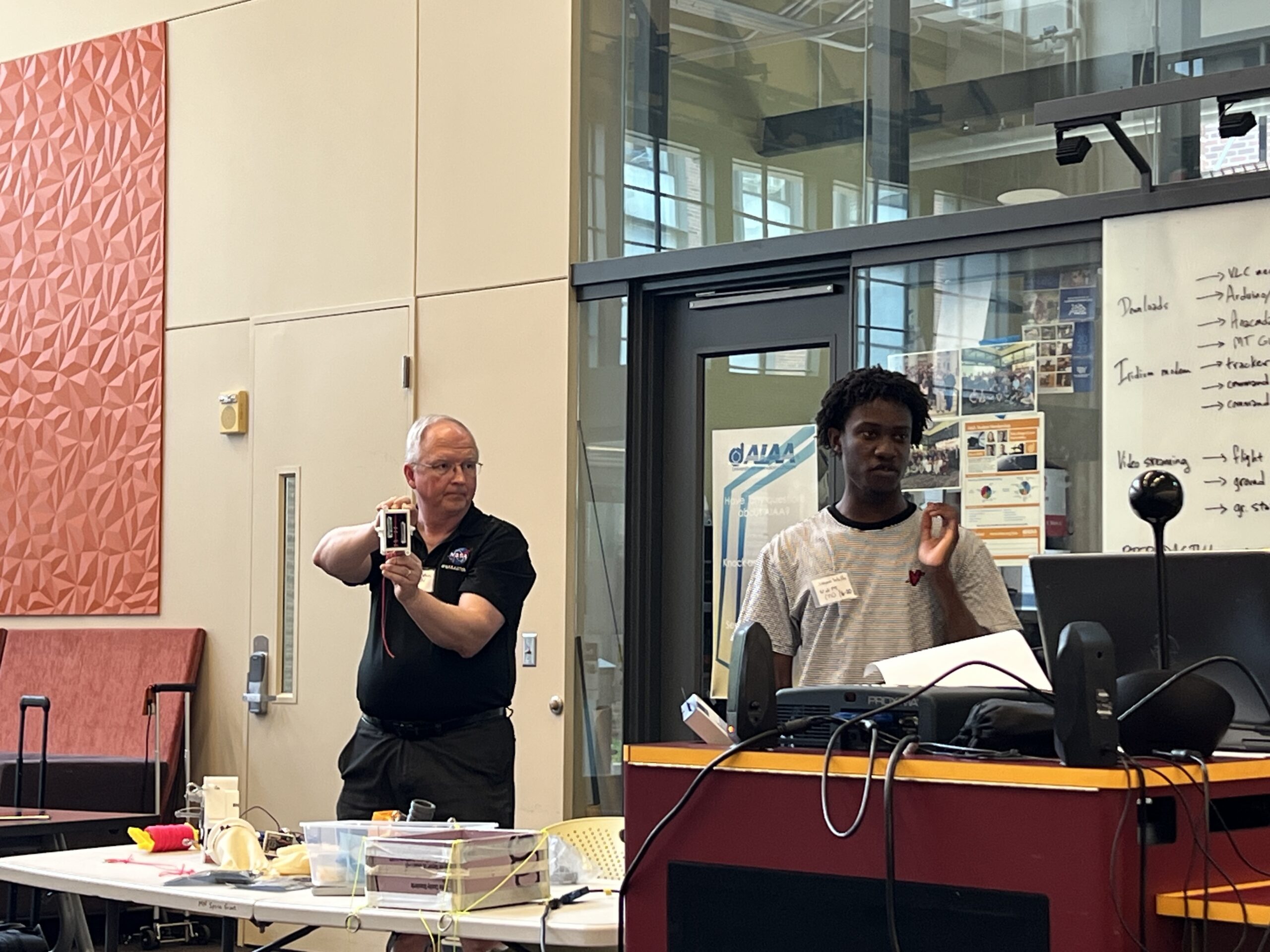
James Flaten and Seyon Wallo from the University of Minnesota demonstrate the cut down mechanism.
Day 2
We started our day at 7 am, left the university shortly after 8 am, and arrived at the launch site, south of Minneapolis, after 9 am.
The first two balloons launched included payloads from local schools. The third was a demonstration flight of the NEBP hardware.
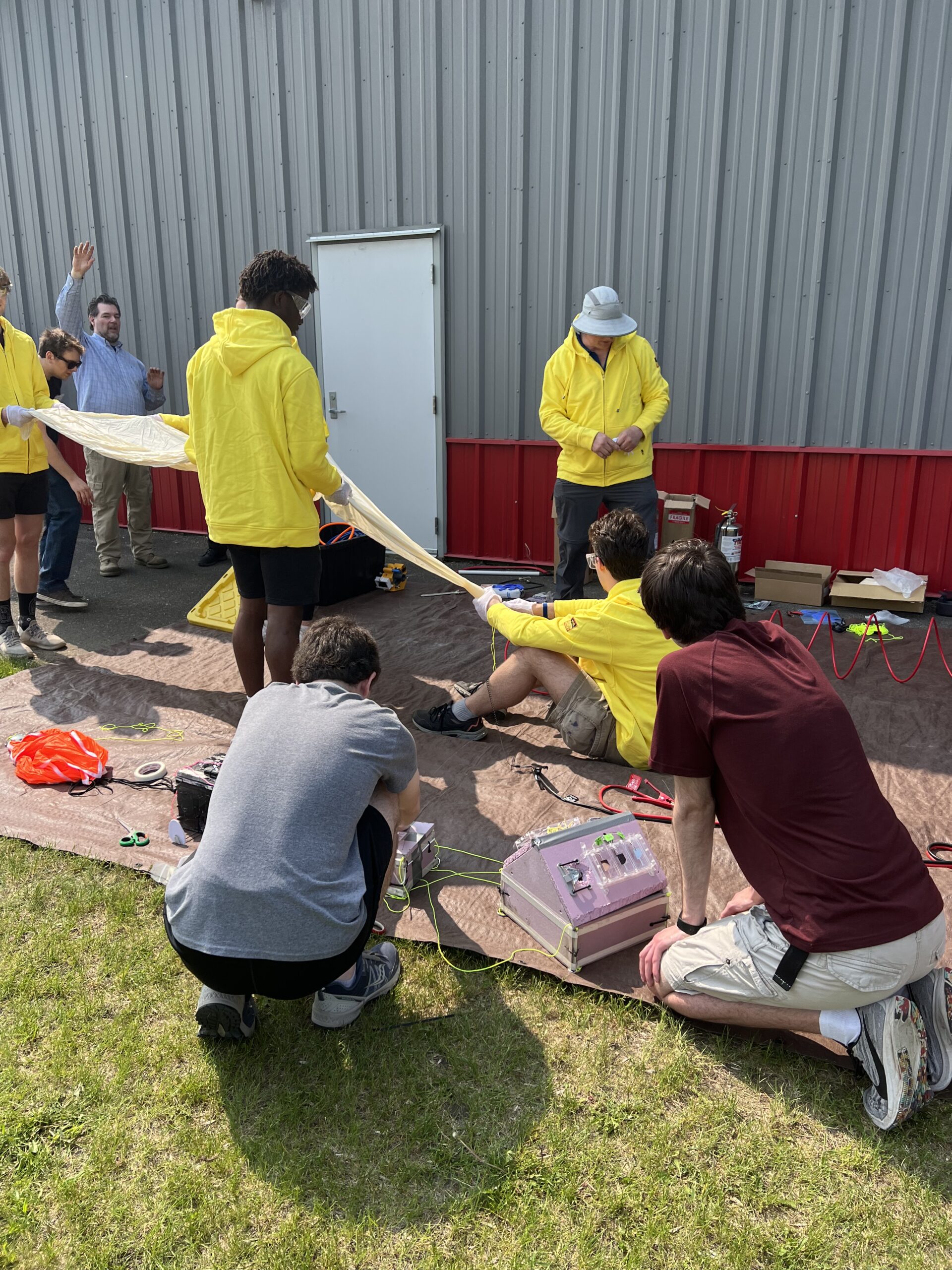
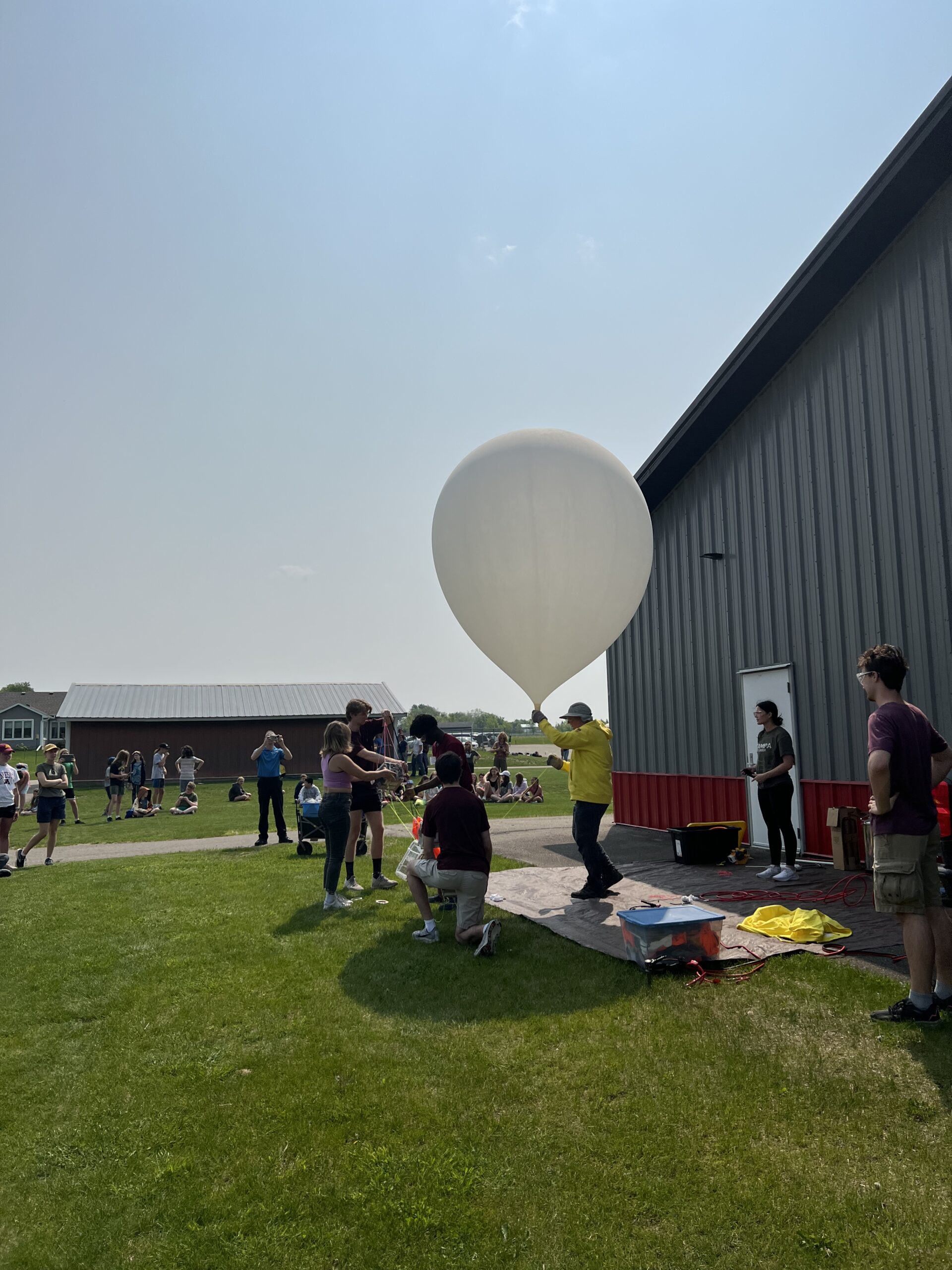
Balloon #1
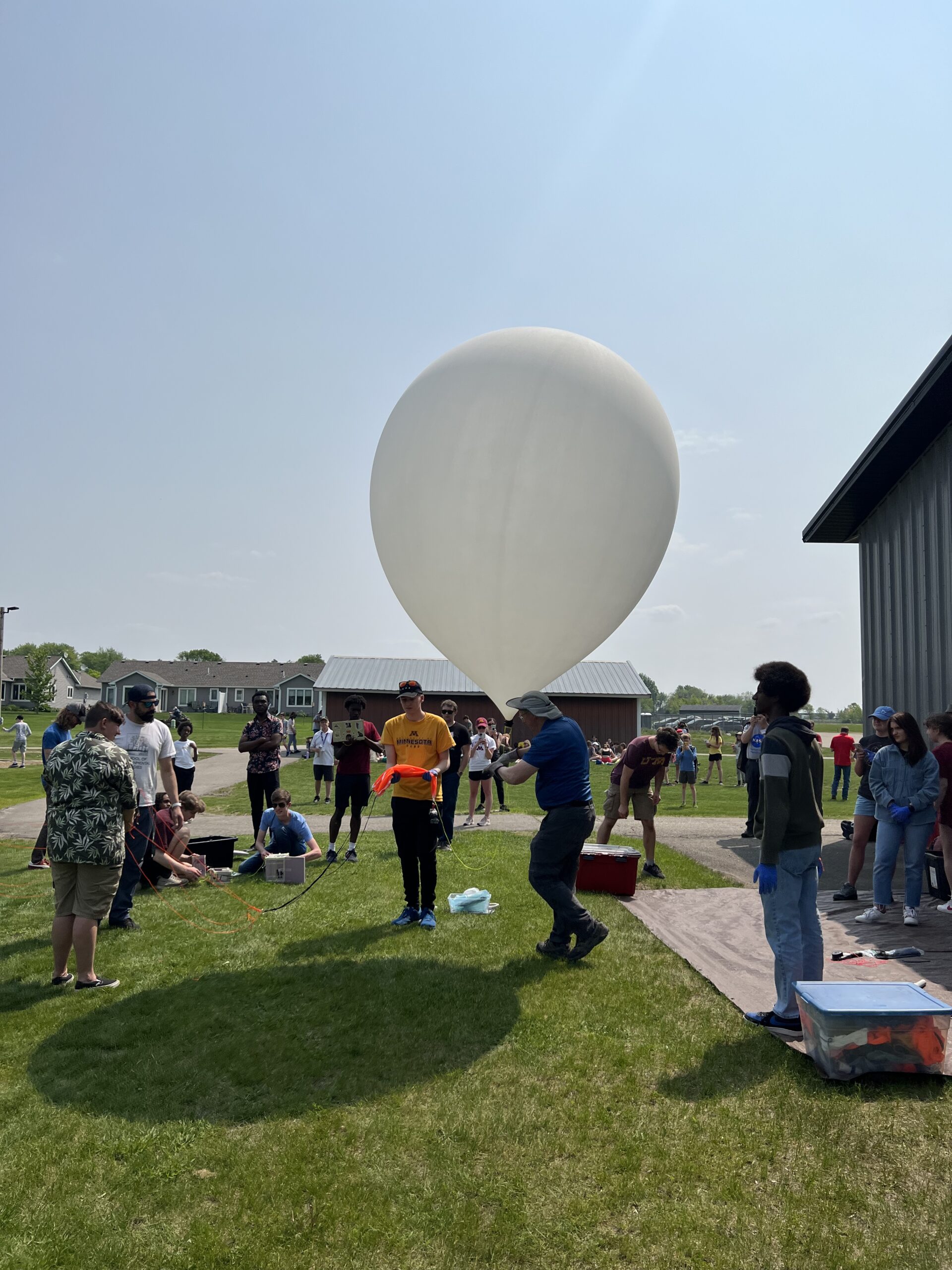
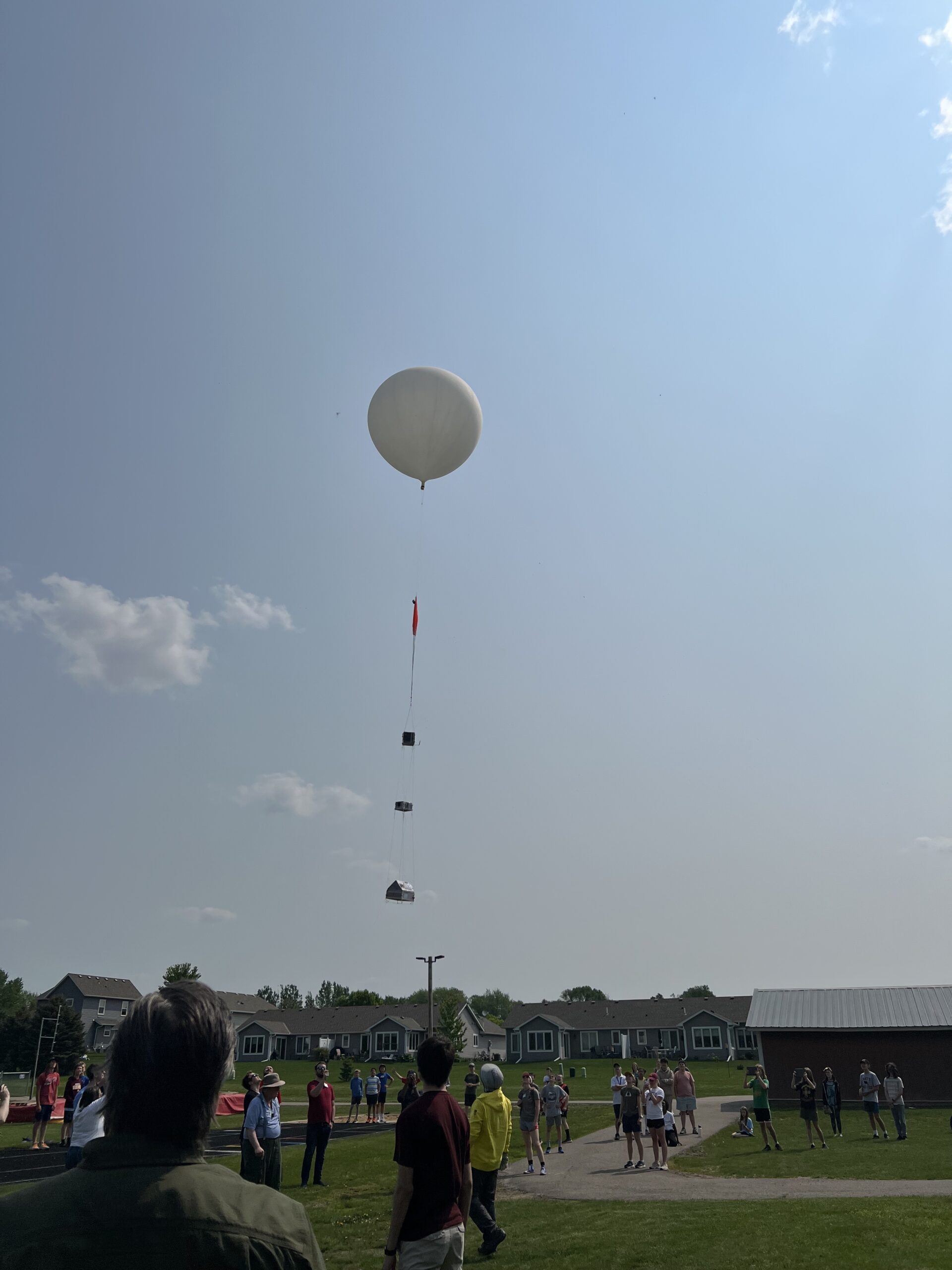
Balloon #2
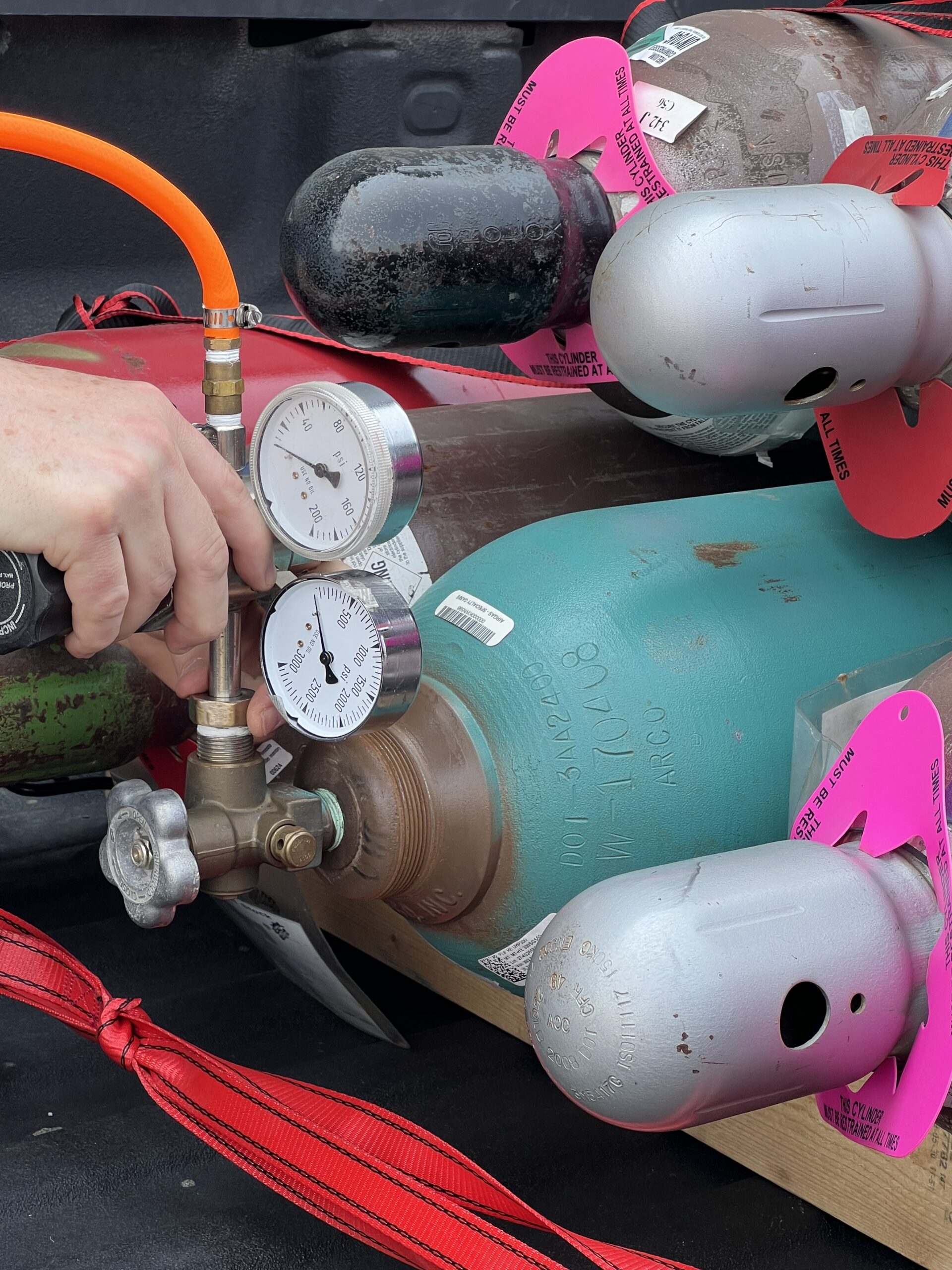
Regulator on gas cylinders
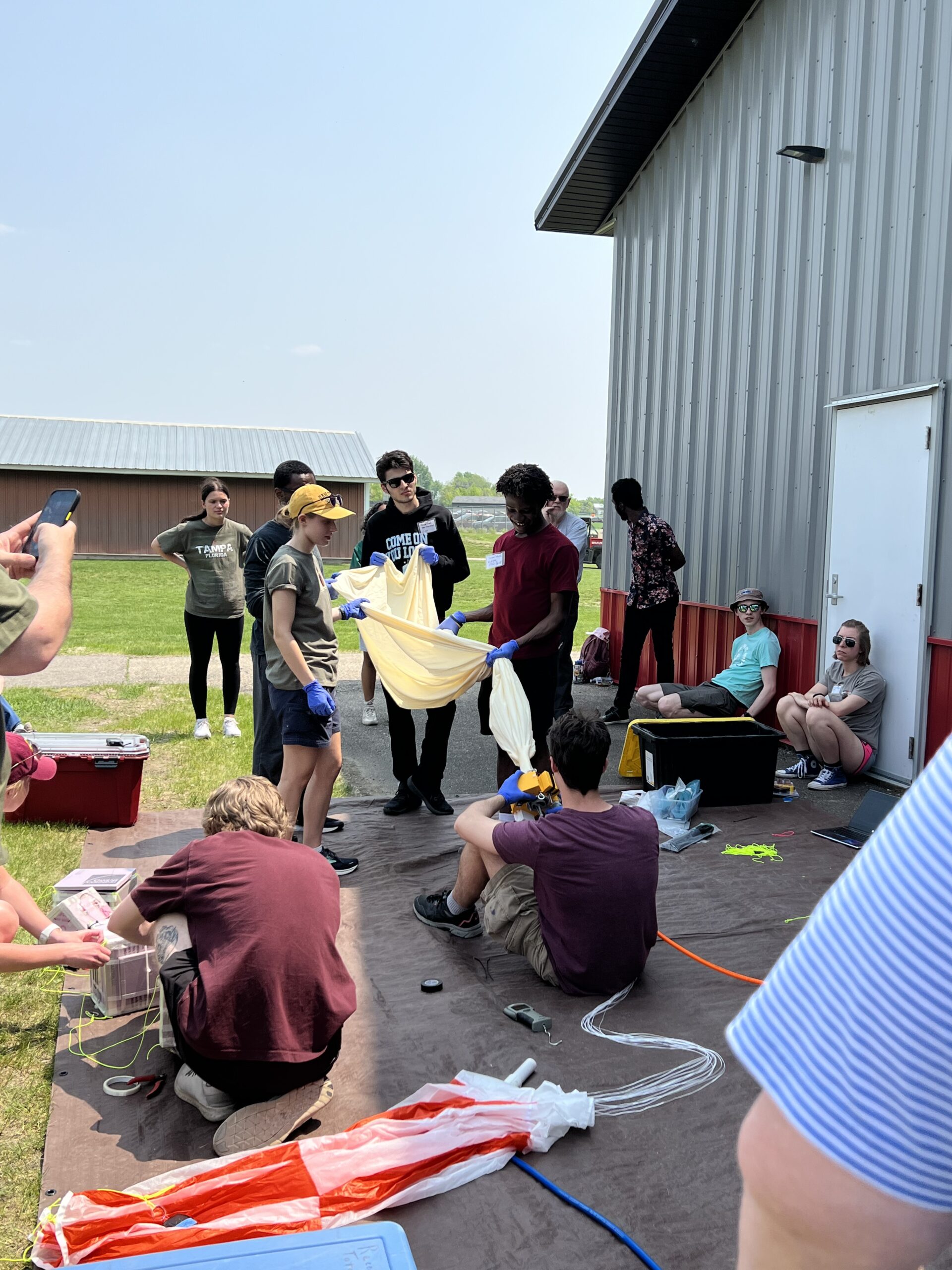
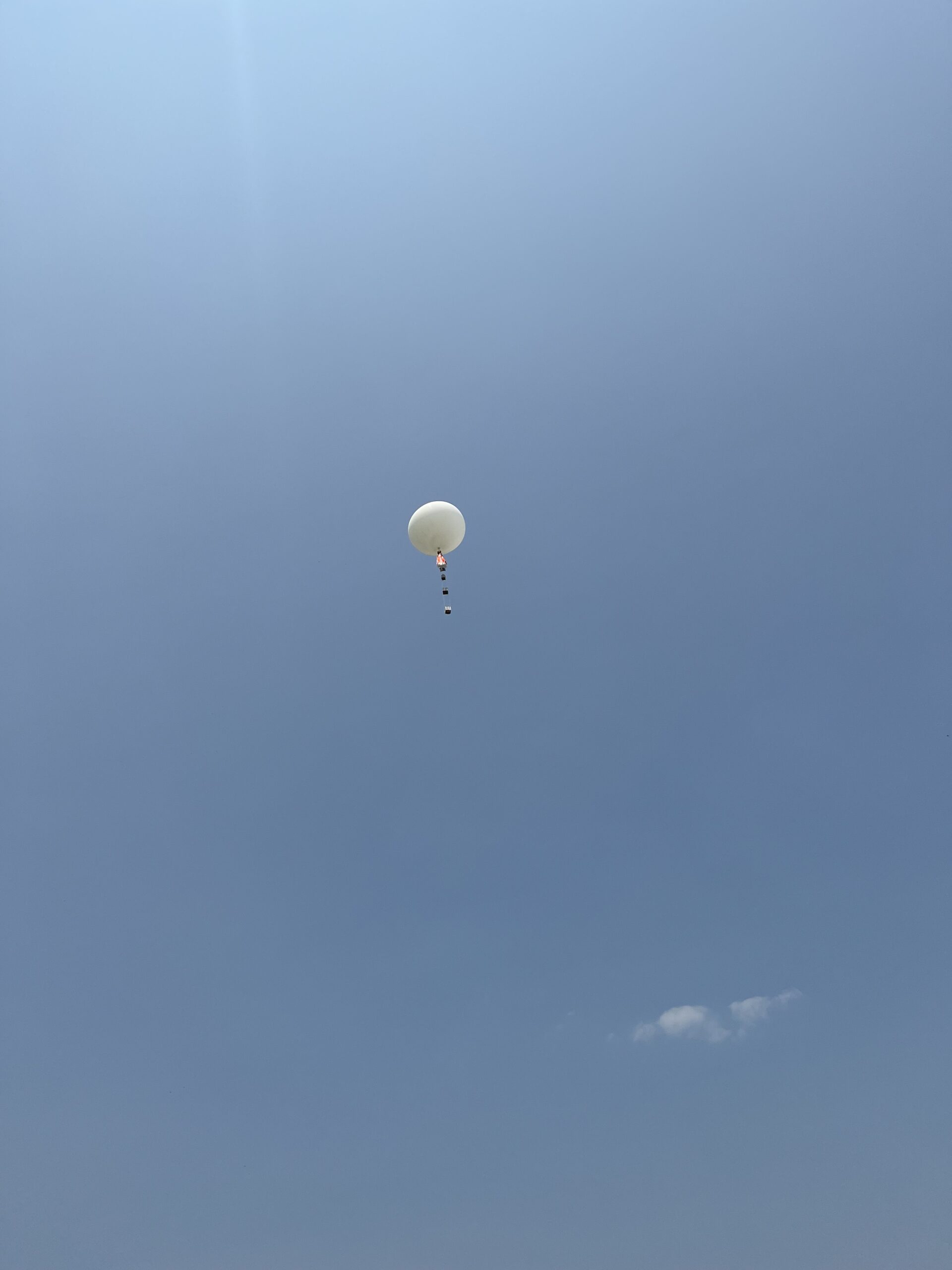
Balloon #3 – NEBP
The base station and software were having some issues so the Minnesota team was not able to track and could not get the video streaming to work. The vent worked and the balloon came to a float altitude of about 85,000 ft, but once the cut down message was sent the balloon did not disconnect. The team decided to continuously vent to bring the balloon down, so we waited in a Casey’s parking lot for about 3 hours for it to descend.

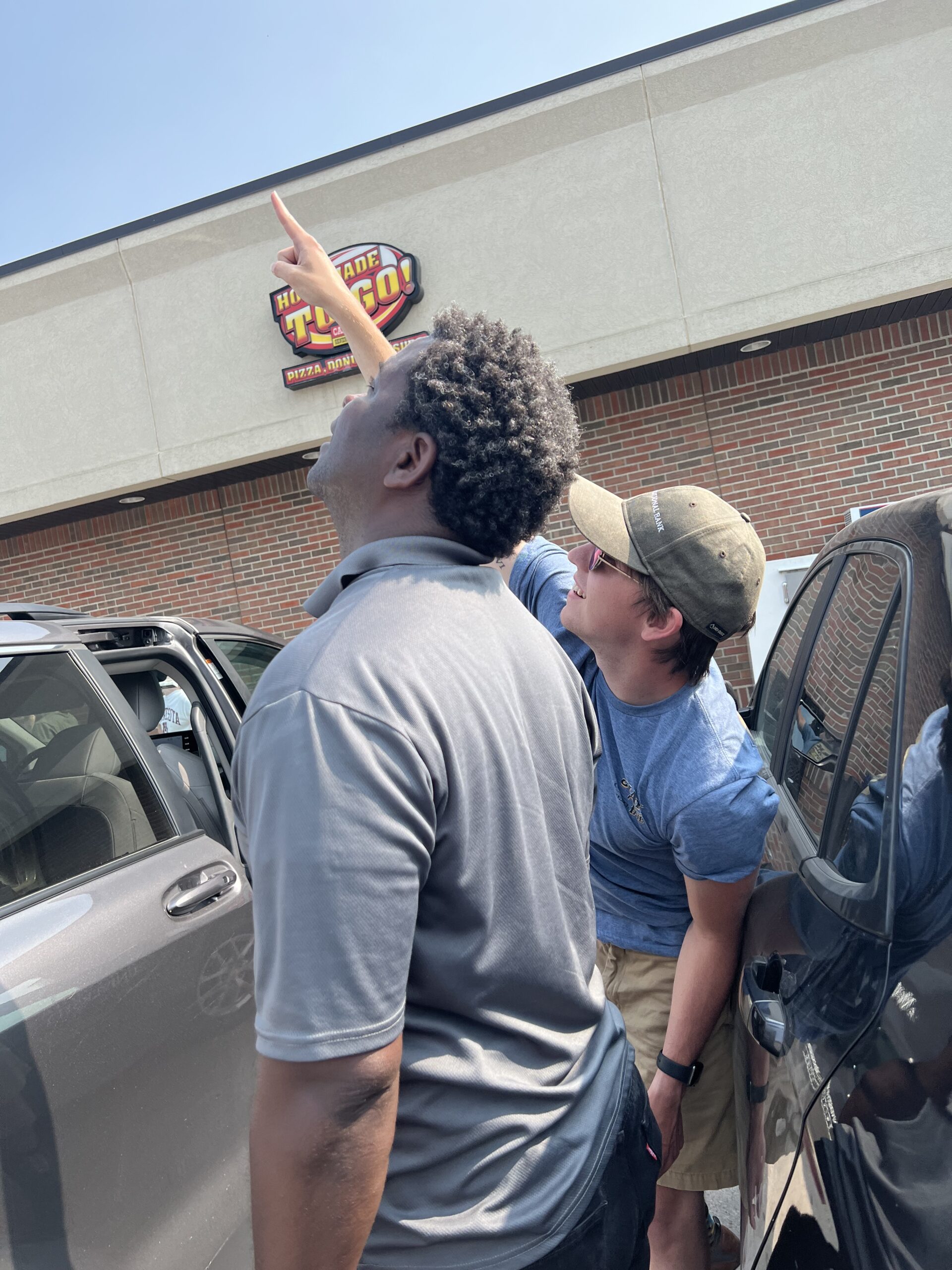
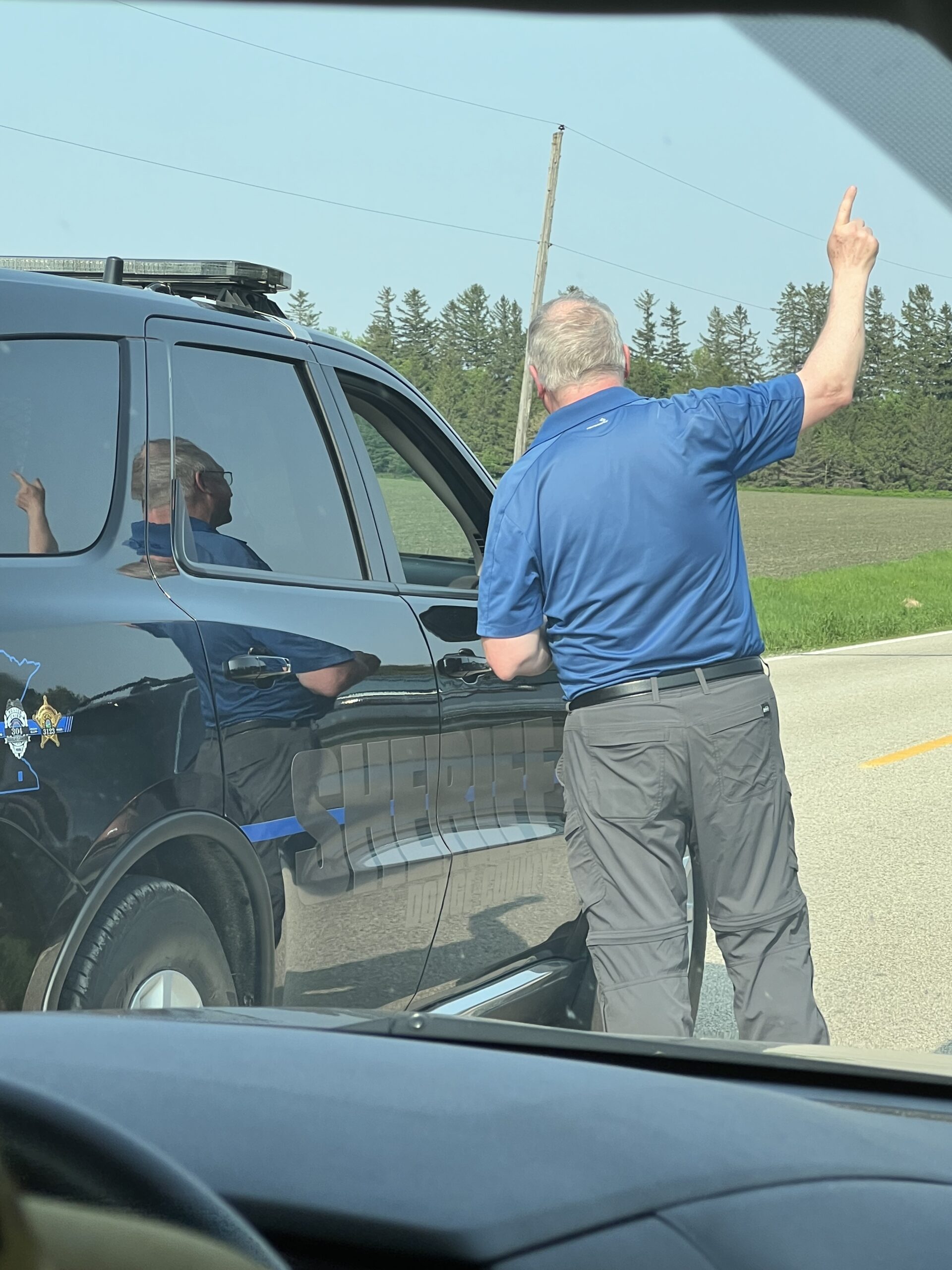
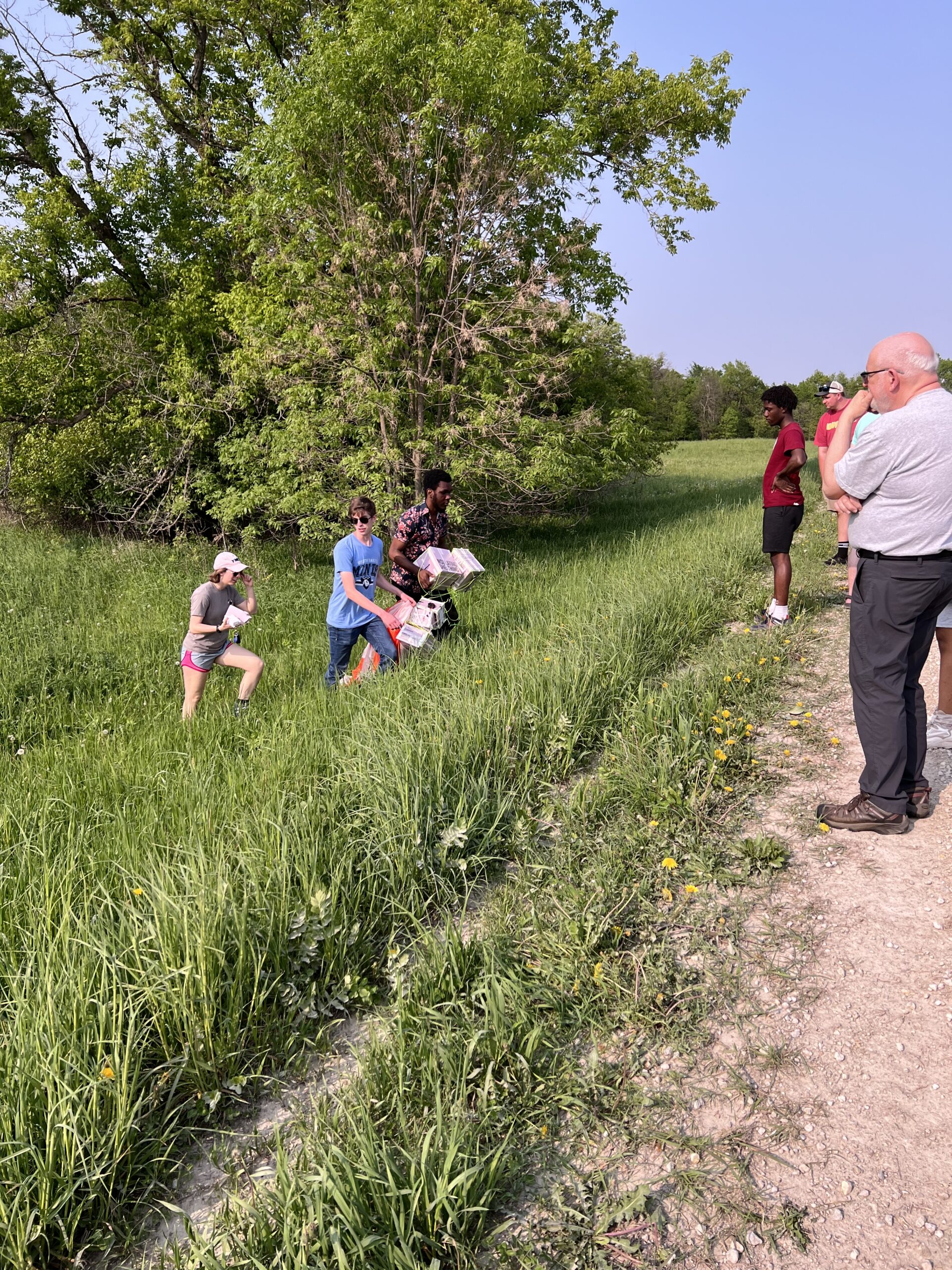
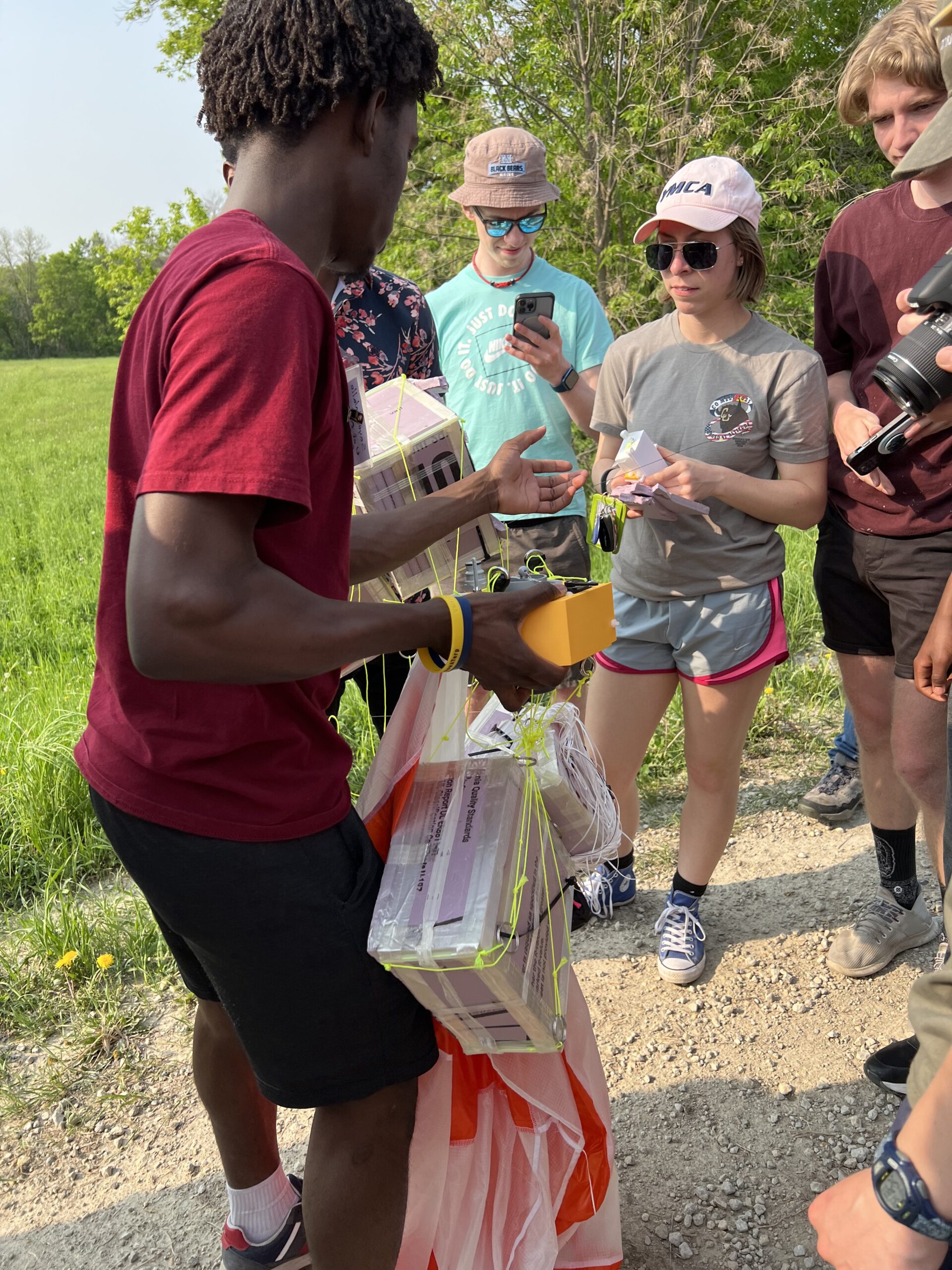
Some could see the small dot of the balloon and tried pointing it out to others. A sheriff vehicle rolled up on us when we were all looking at the balloon coming down and Dr. Flaten told him what we were doing as we were all parked on the side of a gravel road. At about 4000 ft., the balloon finally released from the vent and the payloads dropped to ground quickly because the parachute did not open. Part of the chase team was able to see it come down and retrieved the payloads easily.
Day 3
We started the morning with a debrief from the flights from the day before. This day was about troubleshooting issues from the flight, working on building our own payloads and testing them, and preparing for our second NEBP launch for the following day.
The Nebraska team built our vent and cut down system as well as the video streaming payload. We will wait until our return to test the video streaming payload with our base station.
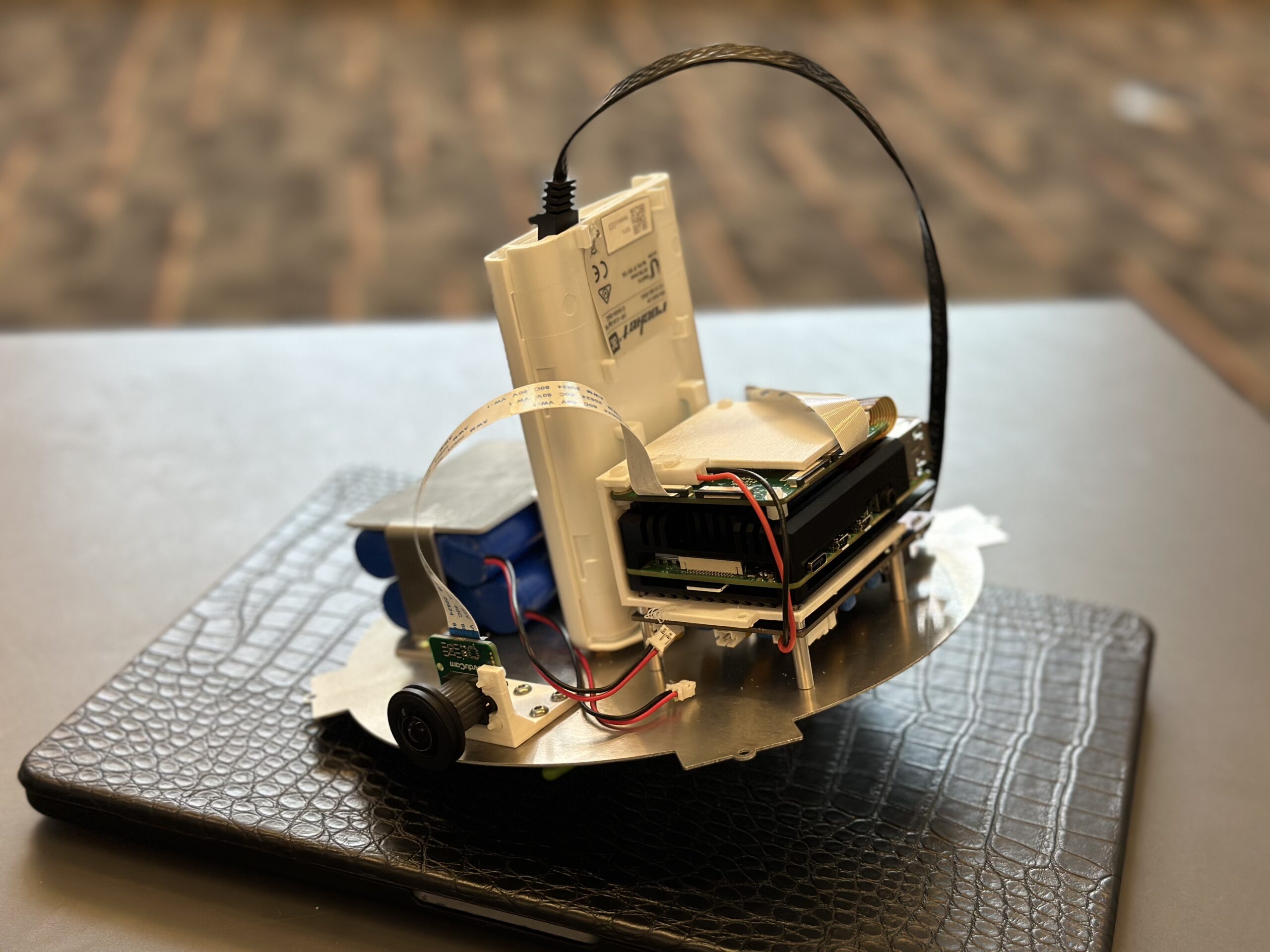
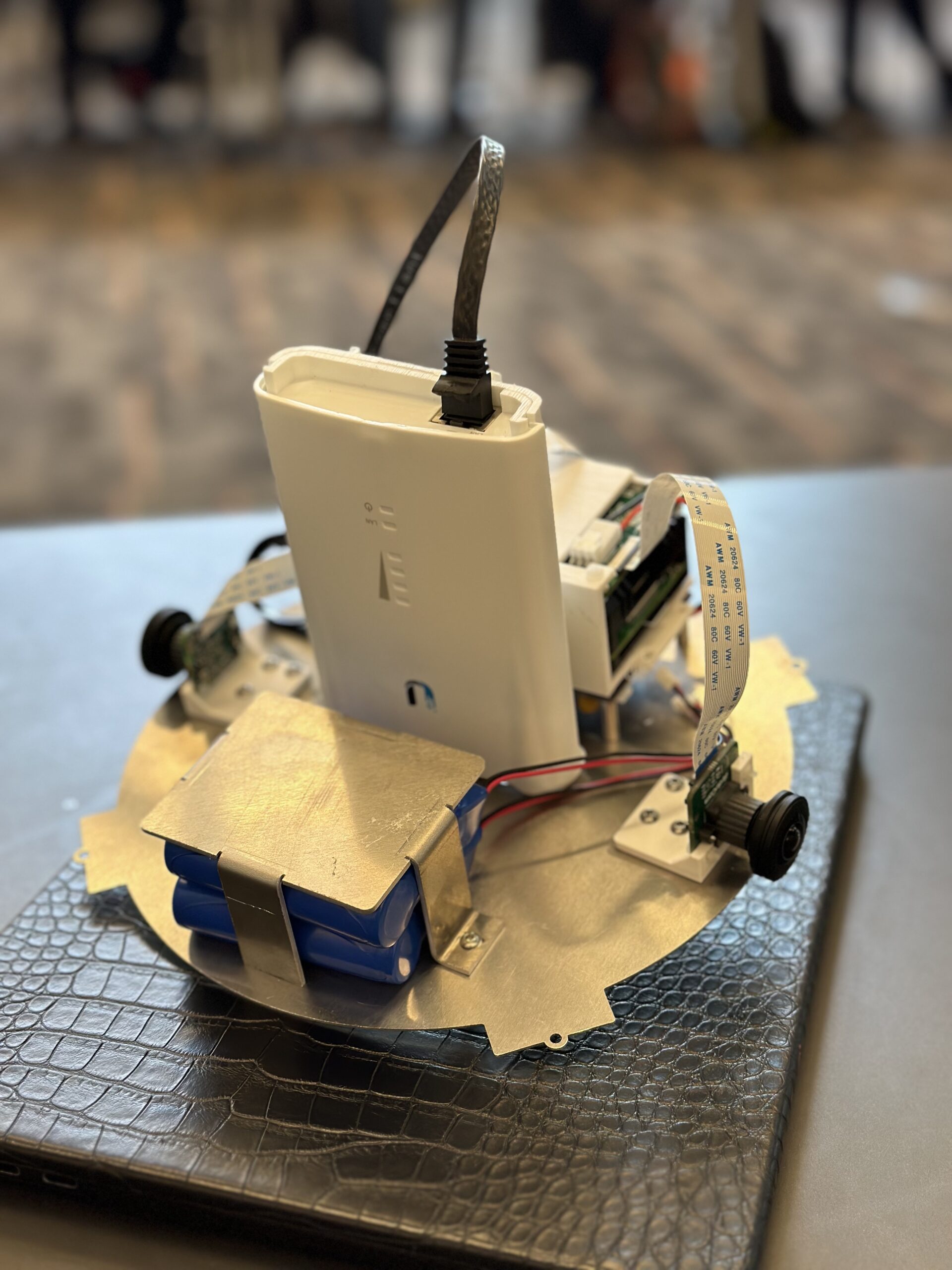
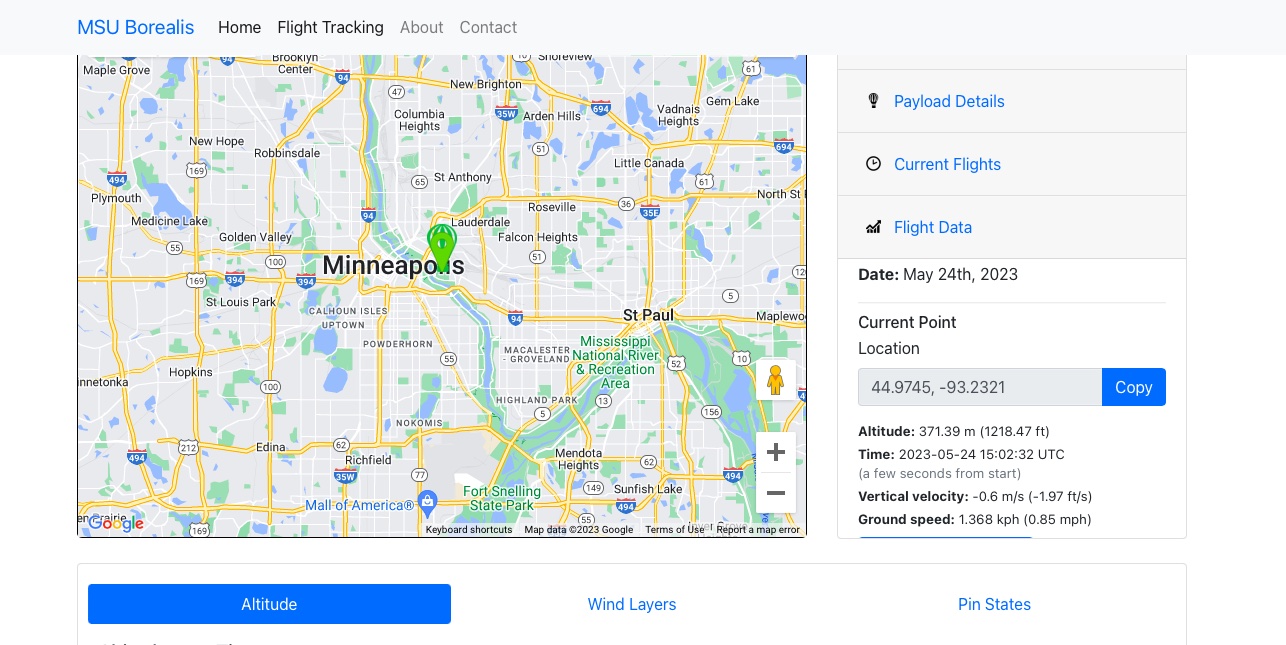
We turned on the Iridium payload and took it outside the building to acquire satellites and it worked perfectly. You can see the balloon symbol displayed on the map from the Montana tracking site.
Once the tracking was working, we could send commands from our computer to the satellite. With a short lag time, the satellite send the signal to our vent and it opened.
We also tested the cut down mechanism with the satellite command. A piece of nichrome wire to be heated and burn through the string.
We helped prep for a second launch of the NEBP equipment. This time, the workshop participants were in charge of doing the flight rather than just watching.
Day 4
We launched from the same location as previously. Since we were only launching one balloon rather than three, our pace in getting things ready was a little more leisurely. We are counting this as Flight #82 in which Michael and Kendra have been involved.
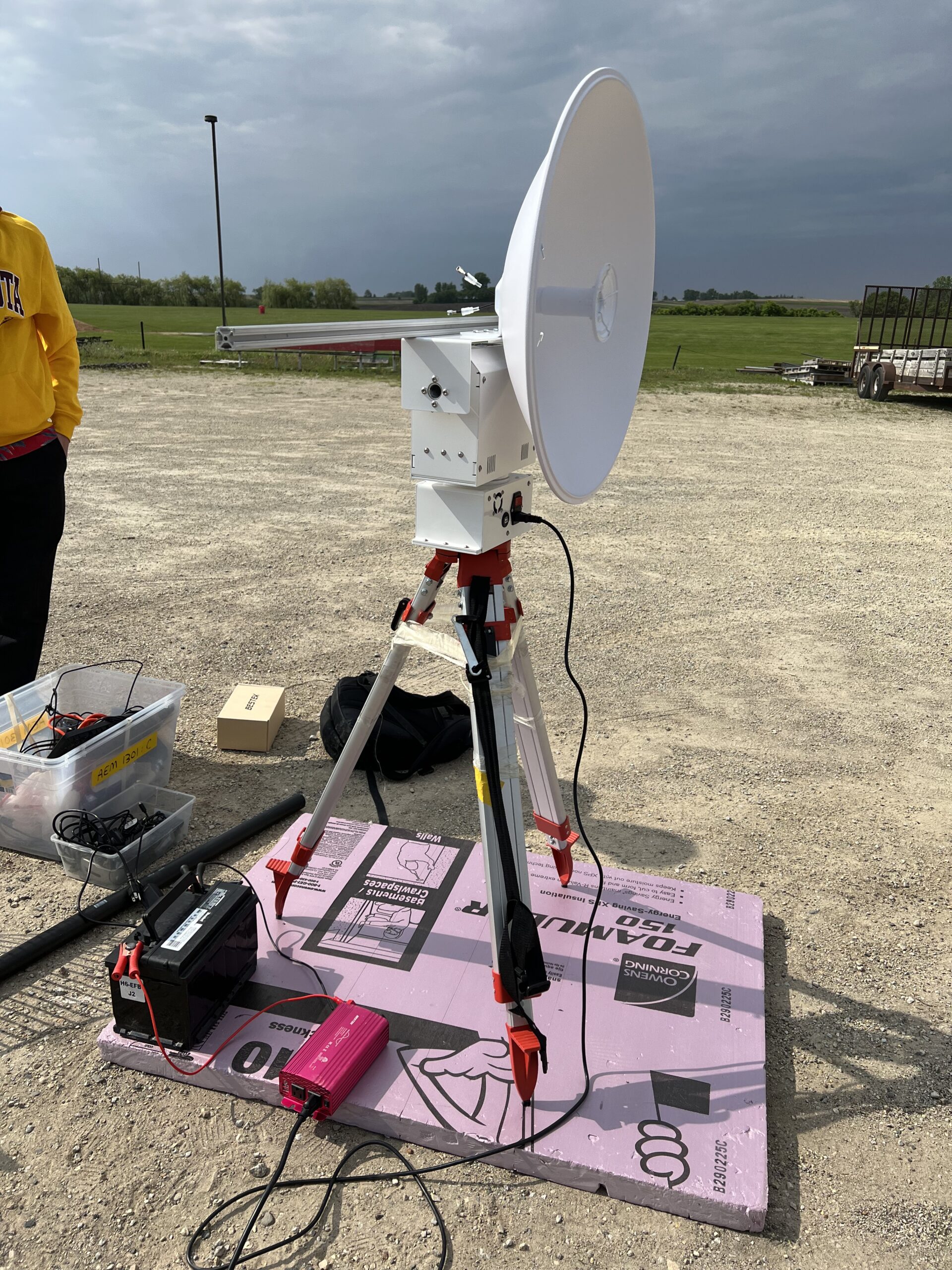
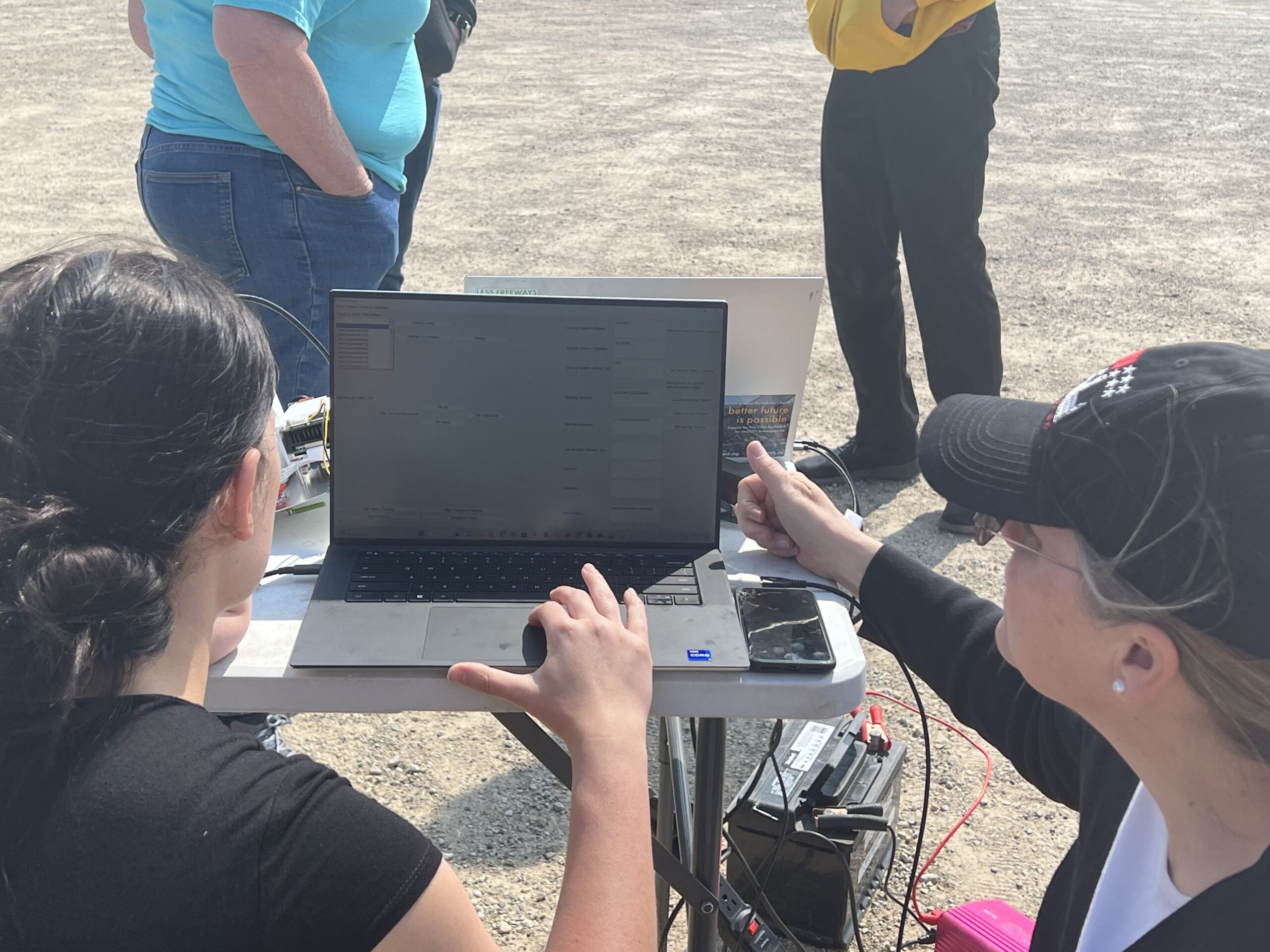
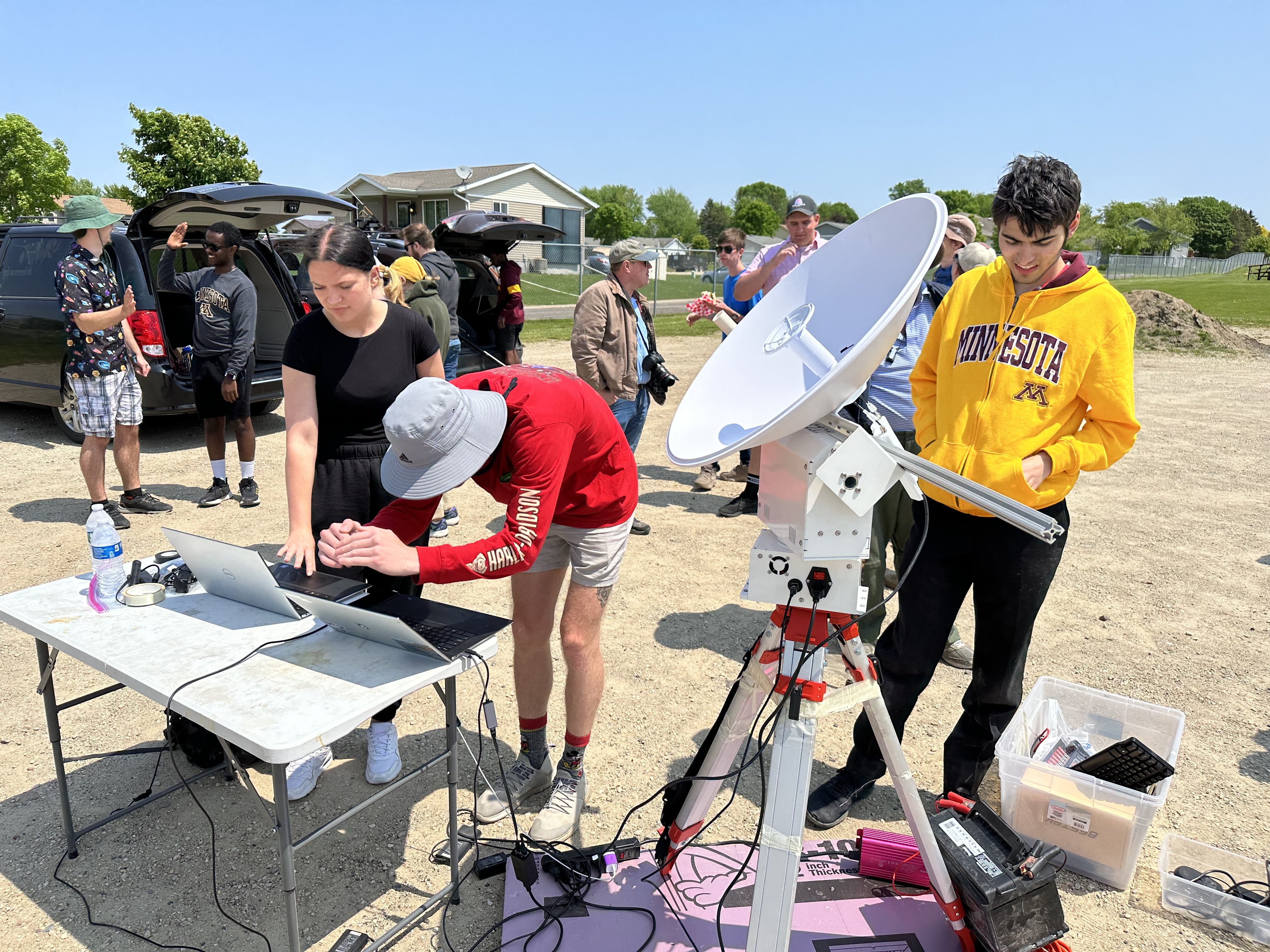
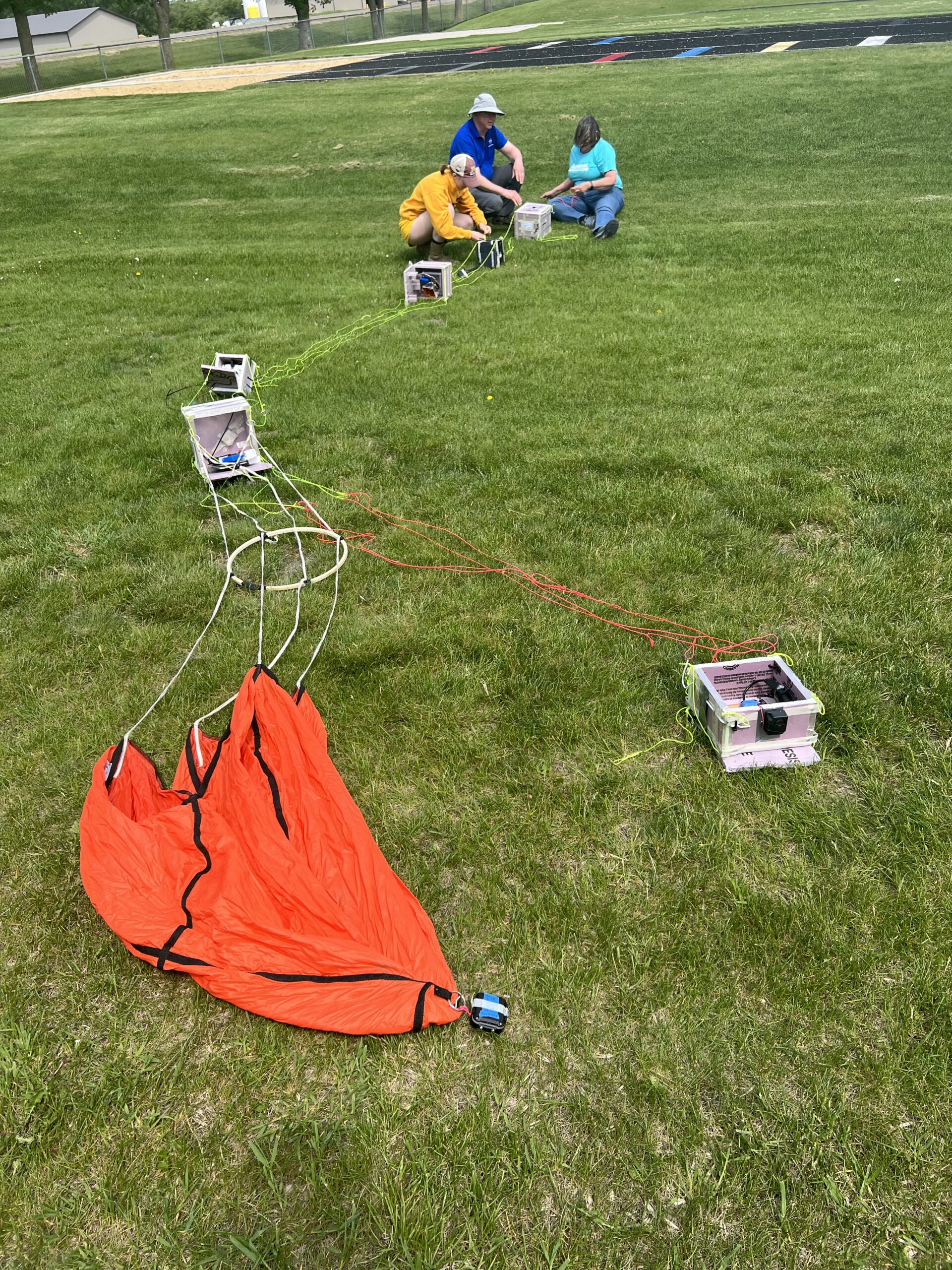
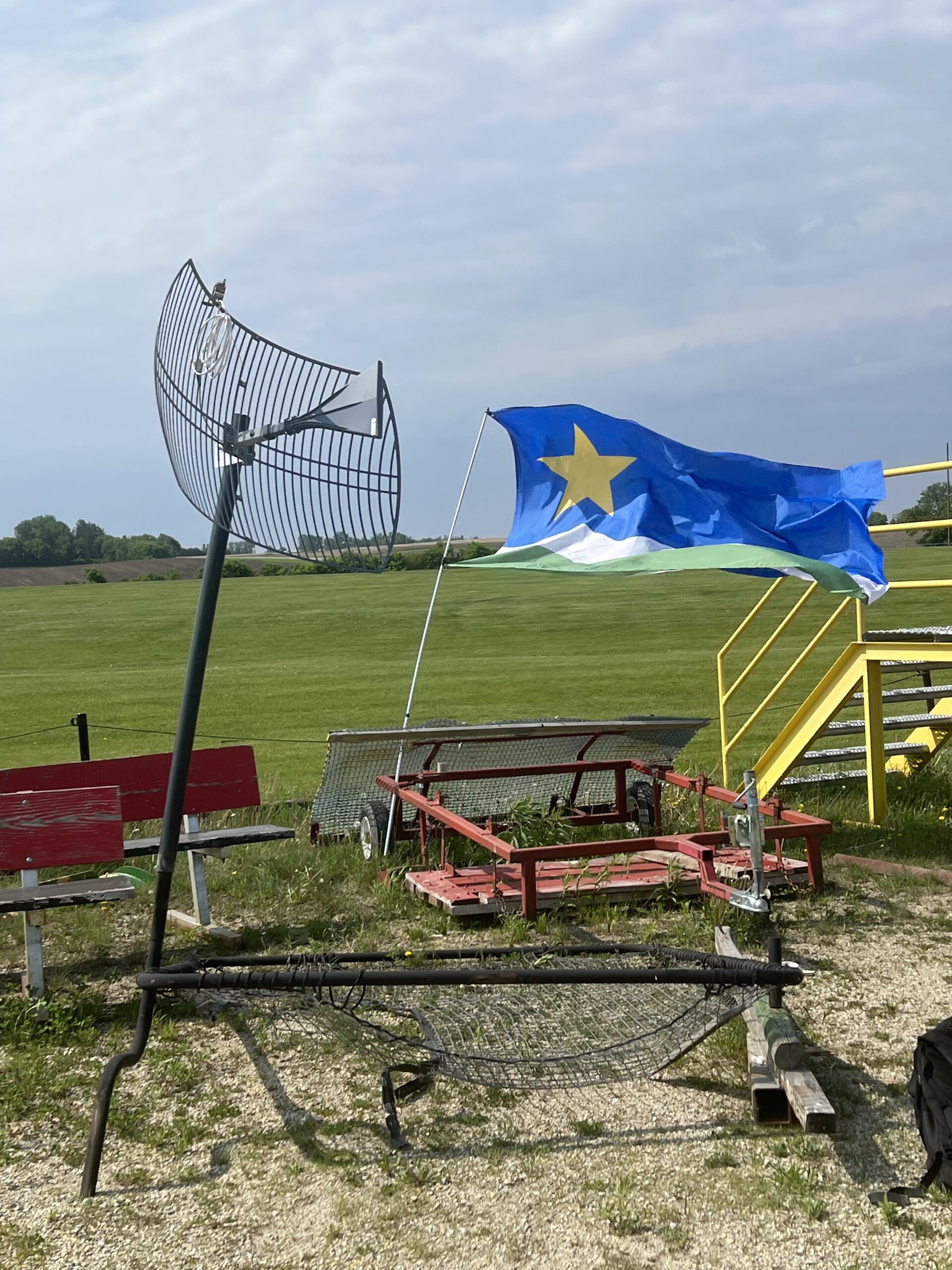
The grid antenna was not used to receive the RFD900 signal because a cable was forgotten, so it was put off to the side with a soon-to-be Minnesota state flag.
Michael and Derrick were in charge of the balloon fill. It was windier this day compared to the launches on Tuesday. They decided to fill next to the building so it could act as a wind break.
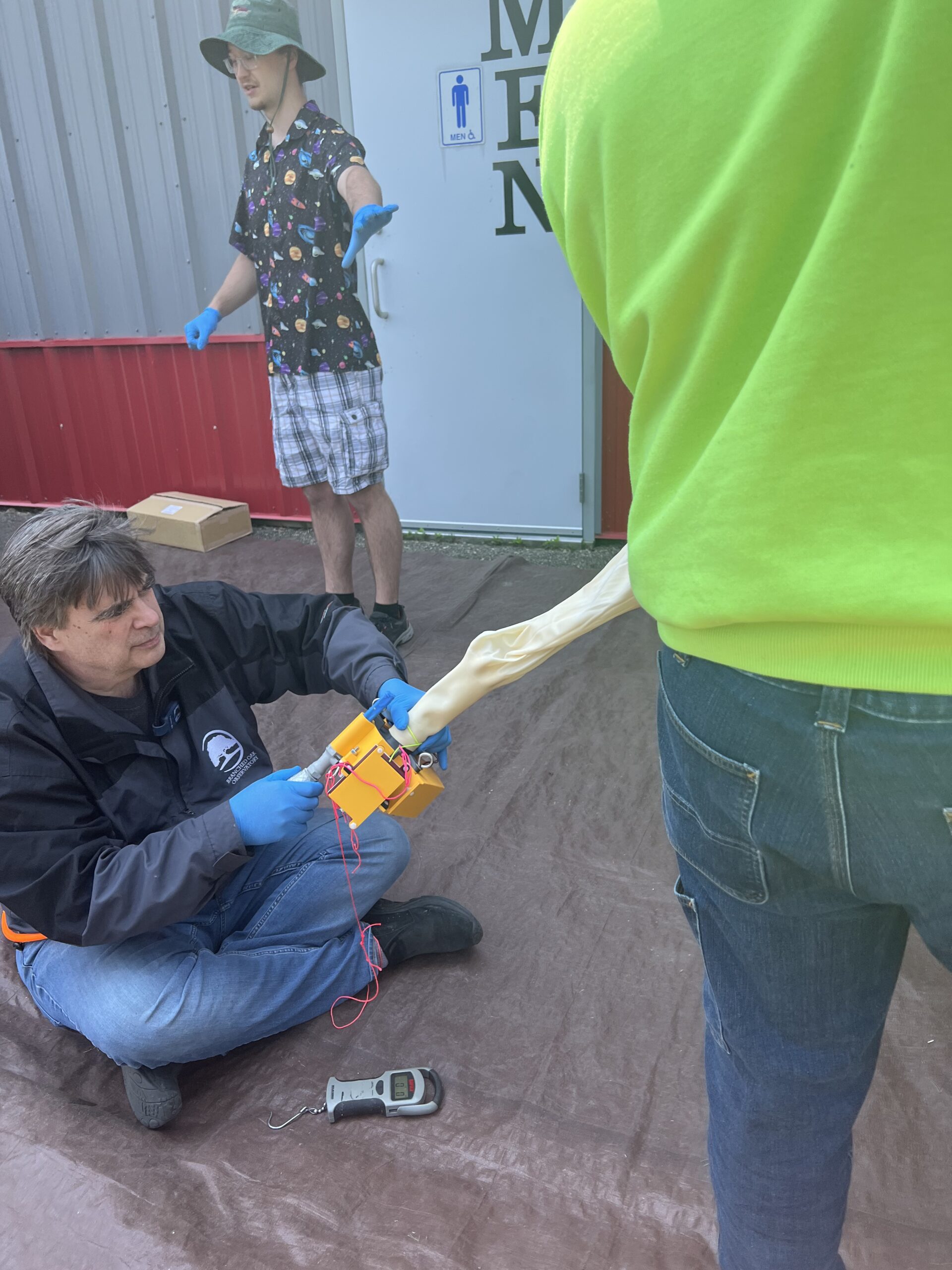
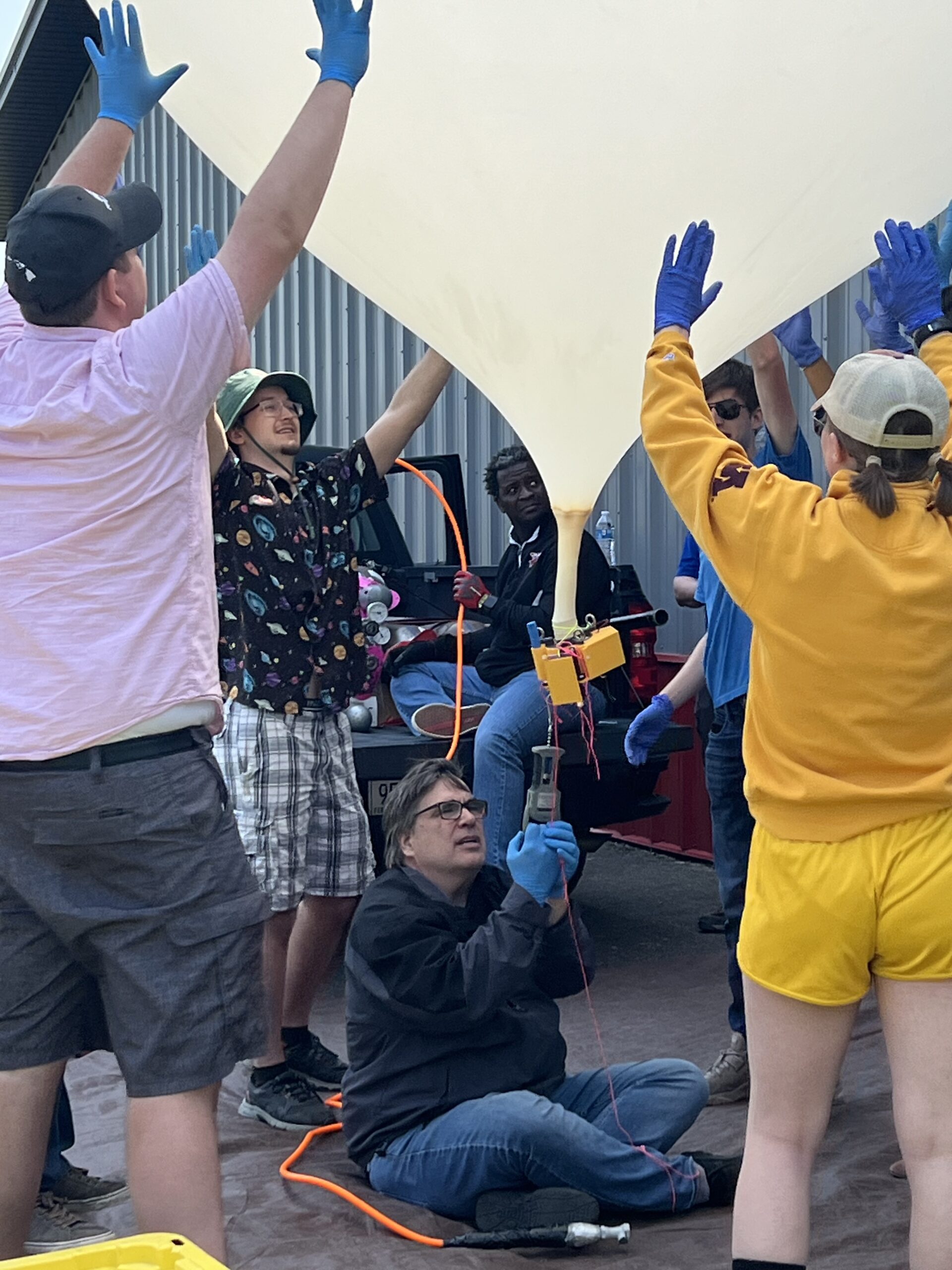
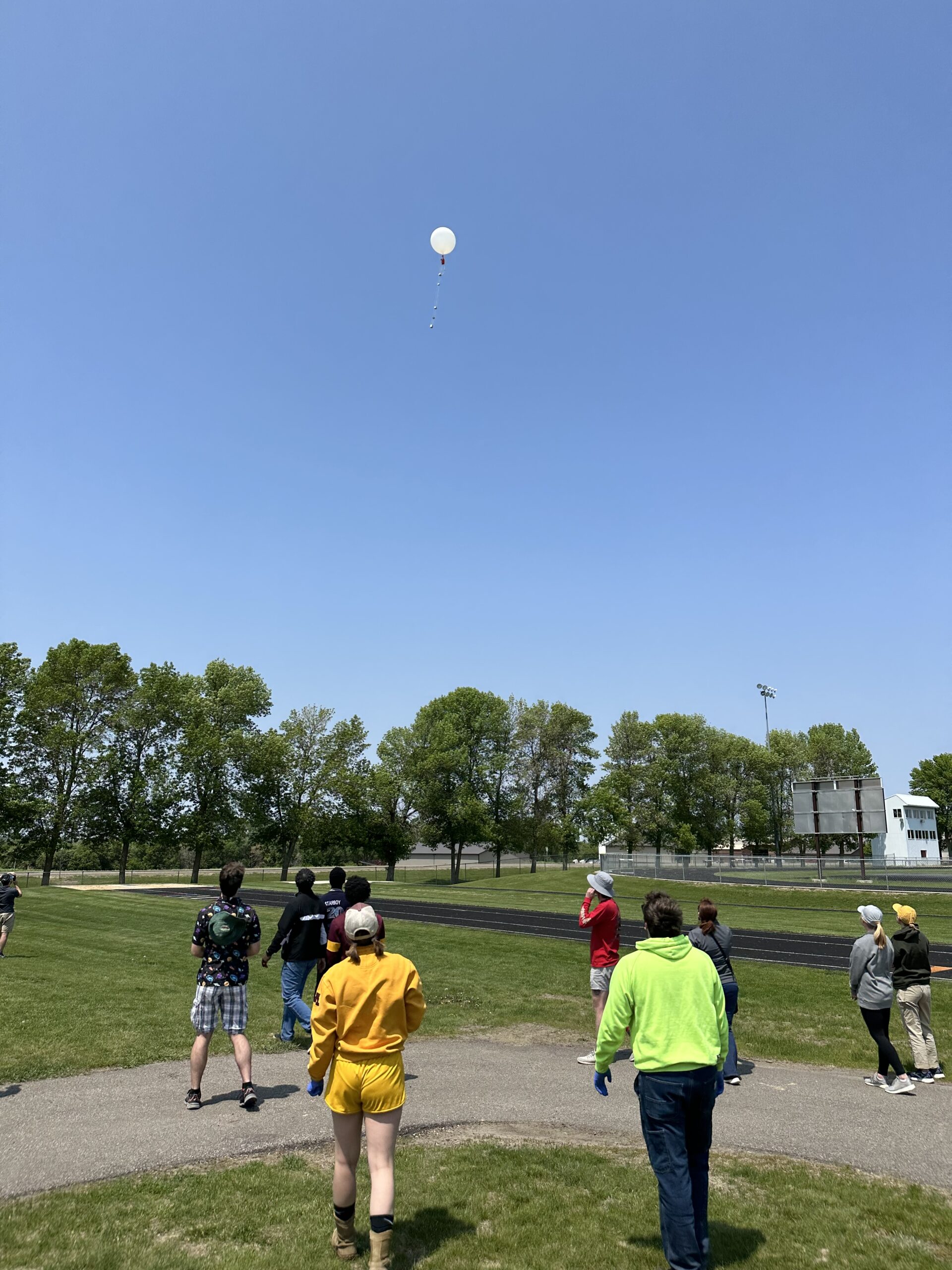
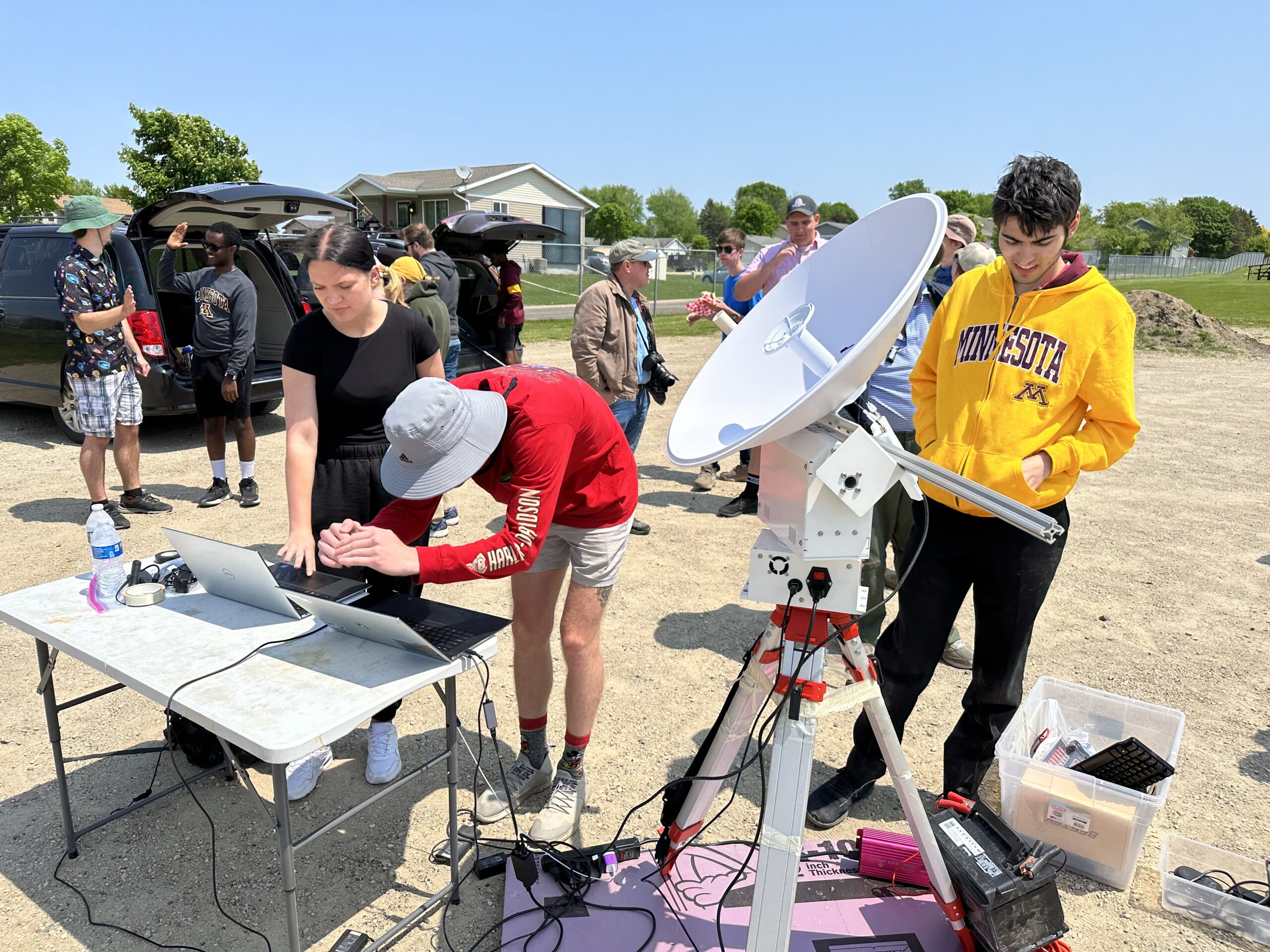
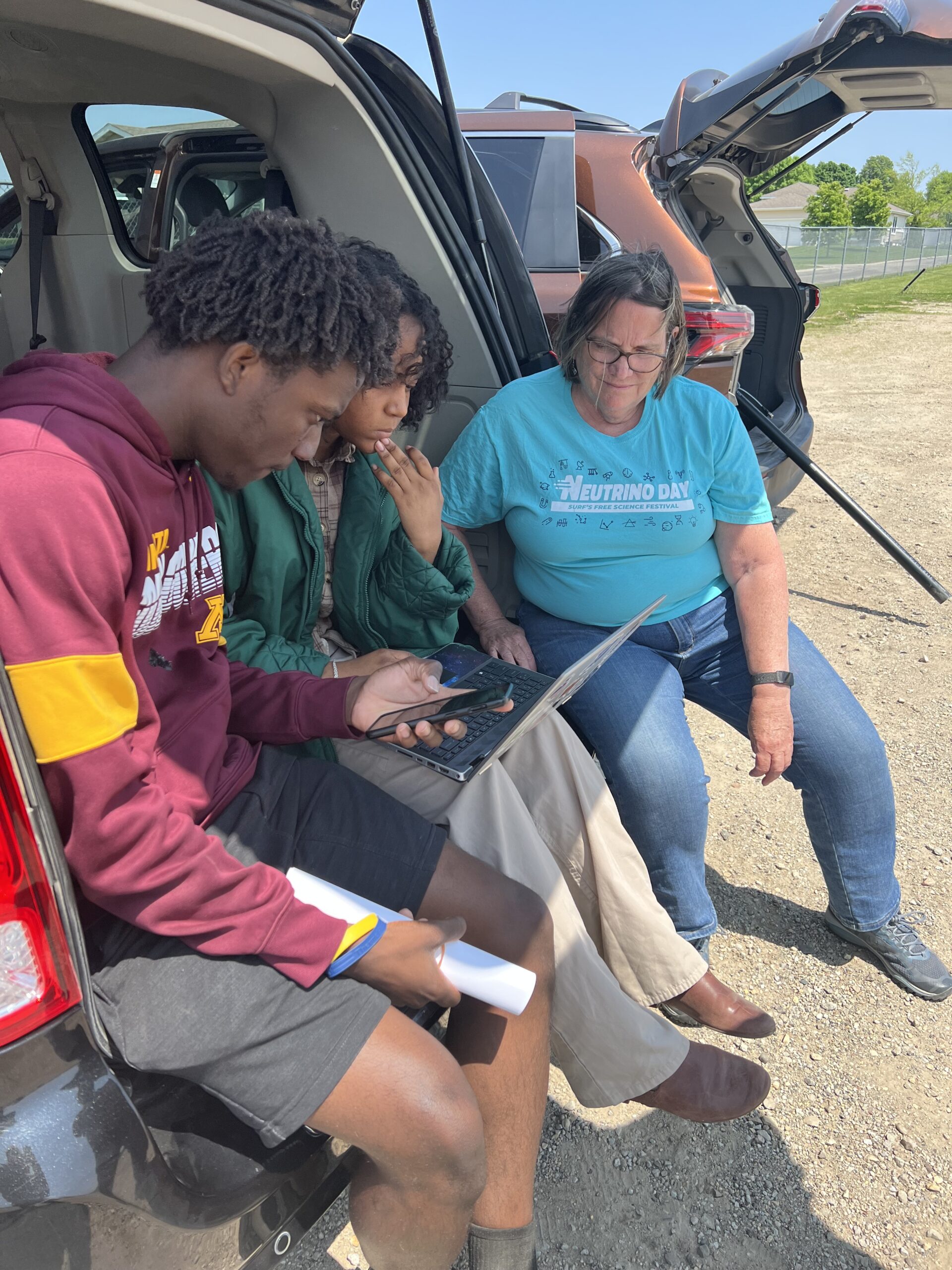
The streaming video worked fairly well. We were able to see video out to about 25 miles line of sight. This is a better range than we have gotten before. The tracking system was not accurate at the beginning of the flight, but we were able to aim the receiver dish by eye for a while and then aim better by reading the number of bars showing the strength of the signal.
The vent failed. The signals were sent 3 times for a total of 20 minutes with no change in vertical rate. It was determined afterwards that the vent circuit did not have power in flight, even though it had power on the ground before launch. We were going to send the cut down command at 93,000, but the balloon burst before it reached that altitude. The string was cut from this command, but we have no idea if the balloon would have separated. It was determined after watching video and examining the lines upon recovery that the SPOT tracker at the top of the parachute snagged and the parachute could not open fully and the whole string dropped very quickly.
Day 5
We debriefed from the flight and talked about troubleshooting before the next attempt. We received a lot more equipment including 8 balloons, new 3D printed pieces for the vent, some NEBP eclipse glasses and a new SPOT unit.

This was a neon sign in the hotel next to the university where we stayed.
Thanks University of Minnesota for hosting us!